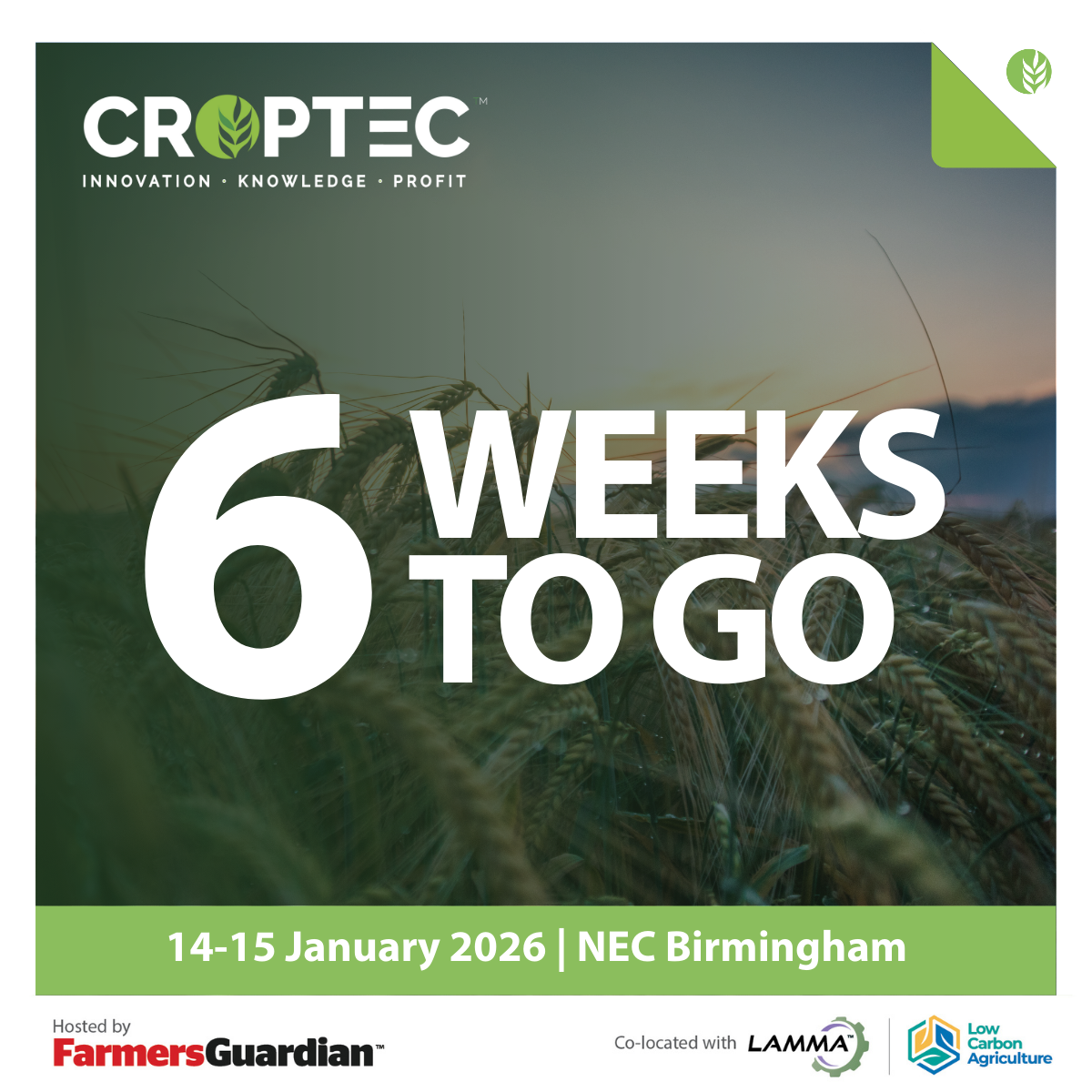Yellow rust population continues to show high levels of diversity
As featured in Arable Farming Magazine April 2021
Yellow rust population continues to show high levels of diversity
by Arable Farming
Shape-shifting yellow rust continues to keep growers and advisers on their toes. Alice Dyer reports on disease development last season and advice for the new season.
Last year was busy for yellow rust. The UK Cereal Pathogen Virulence Survey (UKCPVS), which monitors changes in virulence of cereal pathogen populations, received double the number of yellow rust samples in April than it did the previous year.
More than 300 samples from 88 varieties in 25 counties were received in total, with most coming from the East.
Testing of the samples found 2020 wheat yellow rust virulence frequencies continued patterns of previous years and the yellow rust population continues to show high levels of diversity.
NIAB plant pathologist Amelia Hubbard told the UKCPVS stakeholder event:
It was YR8 which we were particularly interested in looking at because that did rise to 17% in 2019, but in 2020 it dropped back down to
around 3%.
Some new pathotypes were found, but at very low frequencies, Miss Hubbard said.
These came from Lincolnshire, Cambridgeshire, Hampshire, Oxfordshire and North Yorkshire, which really shows there is no pattern to where new pathotypes are springing up in the UK.
Resistance trials
In yellow rust adult resistance trials carried out by UKCPVS last year, in which varieties are inoculated with the disease, five isolates displaying novel pathotypes were investigated.
The most susceptible Recommended List (RL) variety was Skyfall, but KWS Zyatt saw the highest plot infection score of 39.8%, with the isolate 19/215, Miss Hubbard said.
Some RL varieties reacted to just one of five of the isolates tested including KWS Extase and Crusoe with 19/215.
All five isolates infected KWS Firefly in adult plant trials, in particular isolate 19/215, and may help to explain outbreaks on KWS Firefly reported during the
2020 season, Miss Hubbard added.
During tests for seedling resistance, Costello, KWS Siskin and Theodore showed resistance to all five isolates at seedling stage and Crusoe and KWS Extase were susceptible to just one isolate.
KWS Zyatt was susceptible to all five isolates at seedling stage, said Miss Hubbard.
Of the varieties on the AHDB Recommended and Candidate Lists, 18 varieties were resistant to all five isolates and nine were susceptible to all five.
Keeping on top of yellow rust in 2021
At this point in the season, there are three main considerations in terms of keeping on top of yellow rust: catching the disease early; frequency of fungicide
applications, and product rate and use, Jonathan Blake, plant pathologist at ADAS, told the meeting.
Product rate and use is possibly the least important of the three. Most recent data shows the difference between products is quite small.
In fungicide performance trials in Herefordshire in 2020 tebuconazole applied at 0.5 litres/hectare in repeat applications at GS32 and GS37 was very effective at controlling yellow rust, Mr Blake said.
Prothioconazole at 0.36 litres/ha was not far behind tebuconazole. Metconazole at 0.4 litres/ha was just in between those two. The other azole out there at the moment is mefentrifluconazole and at 0.75 litres/ha clearly has activity on yellow rust.
With fungicide timings planned around septoria control, on varieties rated 5 or below for yellow rust resistance, growers need to âmind the gap between T1 and T2, he said.
In peak conditions yellow rust cycles every 10 days. In most circumstances, level of infection and the variety being grown means this is not a problem.
The problem occurs when you are growing susceptible varieties and you extend the gap between T1 and T2.
Strategic use of an earlier spray around GS30 can prevent infection from getting embedded in the crop prior to T1. When people are faced with a good spray window a week before we would normally expect leaf 3 to be fully emerged, they go early and extend that gap between T1 and T2. This allows even more
chance for yellow rust and septoria to infect leaf 2.
It is not the preferred route, but there is also the option for something specific for yellow rust control at leaf 2 emerged, said Mr Blake.
Why was 2020 such a bad yellow rust year?
As well as being seen in varieties normally resistant to yellow rust, the disease was seen in locations where it would not normally be considered a problem.
Jonathan Blake, plant pathologist at ADAS, said the disease even crept in at high altitude sites in Herefordshire, which is likely to be a reflection of the mild winter and late-drilled crops.
He said: There is a clear association between the number of frosts below -5degC and a decline in yellow rust in treated crops.
Met Office air frost data for winter 2019/20 showed there were around five fewer âfrost days than the 30-year average and January and February both saw eight fewer frost days than normal.
Mr Blake said: This meant many places did not have any frosts below -5degC at all.
In comparison, this winter has been closer to the 30-year average, according to the Met Office, and January saw six more frost days than normal.
The weather delays to drilling in the 2019/20 season are also likely to have influenced disease pressure.
We usually think the earlier you sow the more disease you see, but sowings into late October and November have a greater yellow rust infection. There is a clear link between age of the plant and susceptibility to yellow rust.
.png)

